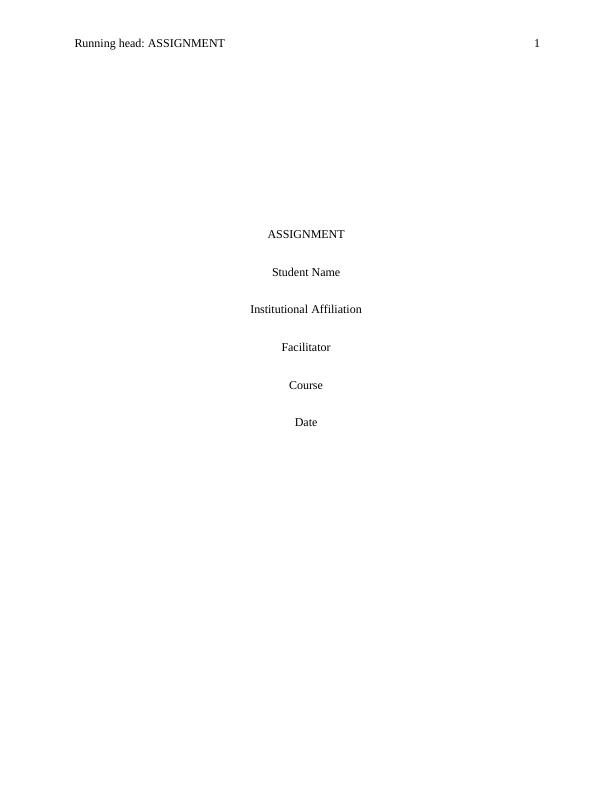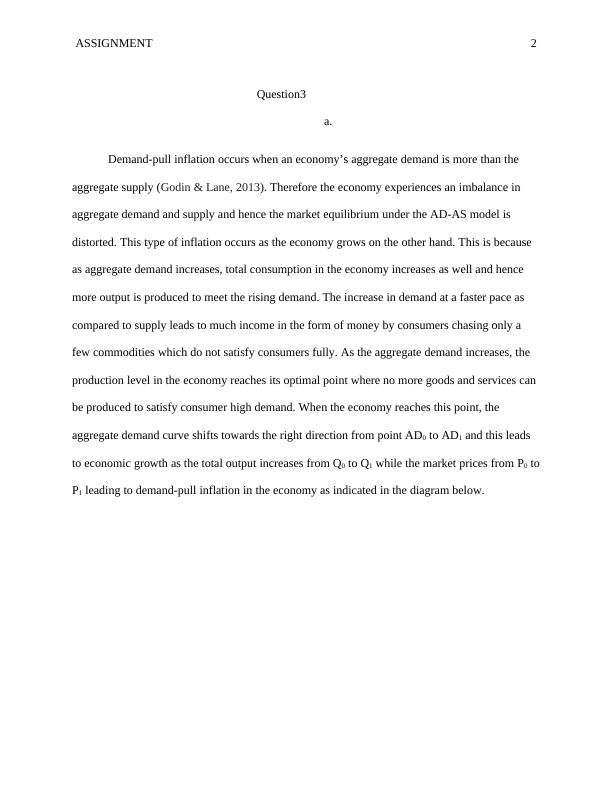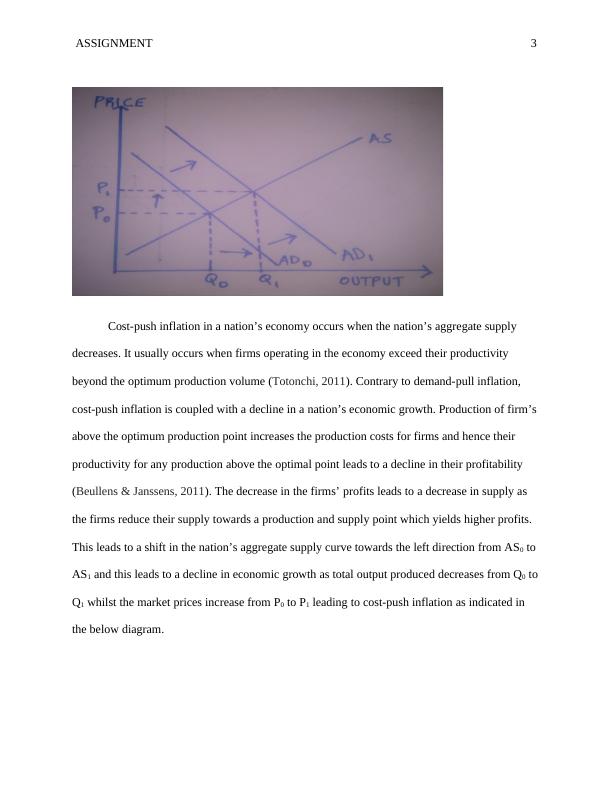Causes and Effects of Demand-Pull and Cost-Push Inflation
Added on 2023-03-17
14 Pages2583 Words83 Views
End of preview
Want to access all the pages? Upload your documents or become a member.
Demand-pull and Cost-push Inflation
|14
|2713
|386
Causes and Effects of Inflation
|10
|1476
|53
Difference between Demand-Pull and Cost-Push Inflation
|16
|3283
|85
Causes and Effects of Demand-pull and Cost-push Inflation
|14
|2169
|279
Macroeconomics: Assignment B
|11
|1813
|48
Business Economics: Demand-pull and Cost-push Inflation, CPI, Unemployment, and Fiscal Policy
|10
|2085
|478



